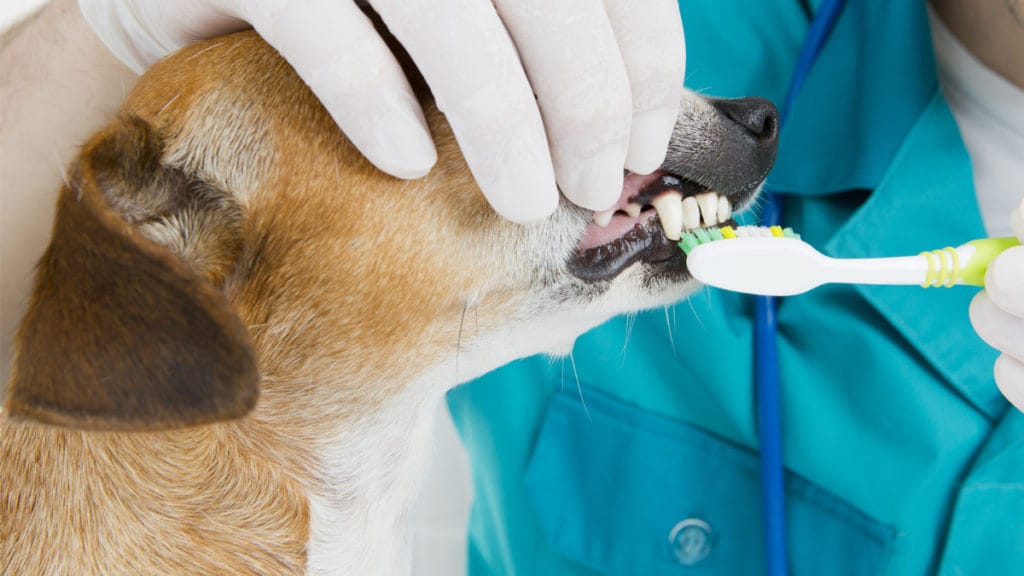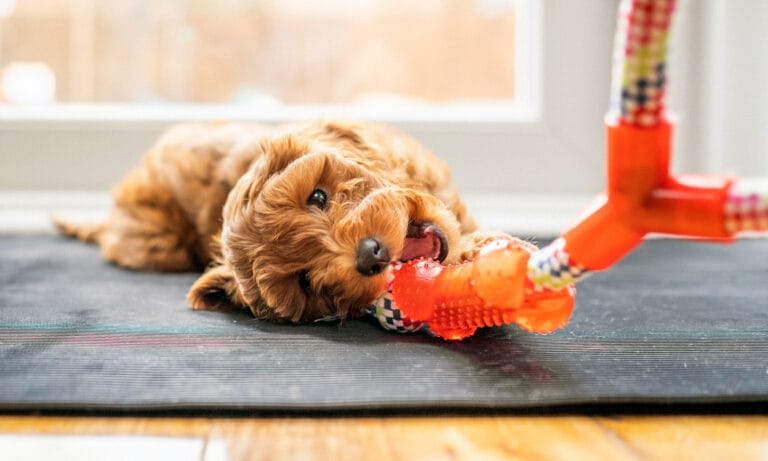Q.
My friend has a 14-year-old dog that needs its teeth cleaned by a vet and she is afraid of putting her dog under [anesthesia] to get its teeth cleaned. She’s worried about the dog coming out of it okay. The dog takes various medications for different things because it’s an older dog. Is there any other way to get them cleaned other than putting the dog under?
A.
Gum infection, also called periodontitis, can make existing diseases worse, such as kidney disease or congestive heart failure. Bacteria from the infected gums can get in the bloodstream and “seed” other organs, such as the kidney or liver. Also, bacteria can collect on the heart valves, making any existing leakage of the valves worse.
For this reason, I recommend that your friend have her dog’s teeth cleaned under general anesthesia. Simply scraping the surface of the teeth above the gums is purely cosmetic, and does not address the gum infection. Dogs will not tolerate having their teeth scraped below the gums (called root planing) while they are awake or mildly sedated.
Anesthetizing an older dog with health problems for a dental cleaning is always somewhat of a concern, but there are steps that can be taken to make it a safe procedure. Veterinary medicine has come a long way to make these anesthetic procedures safe.
First of all, the patient should have a full blood panel to identify and underlying disease. If there is cardiac disease, a chest X-ray and EKG are advisable. Yes, all of these tests are expensive, but they are worth it.
Secondly, the veterinarian must choose an anesthetic plan that fits the patient’s health problems. Be sure to ask specifically how the anesthesia is being customized for any existing problems.
Thirdly, any patient with pre-existing conditions must be carefully monitored during the procedure, both by a veterinary nurse and electronic monitors such as an EKG or pulse oximeter.
Lastly, patients at increased risk should have an intravenous catheter in place during the procedure so they can receive fluids and medications quickly.
If these steps are taken, any risk in the procedure is far outweighed by the benefits of clearing up the infection, pain, tooth loss and bad breath that goes along with dental infection.
In our emergency room, we anesthetize very sick dogs all the time, and as long as we follow the procedures outlined above, we have good results.
By: Jon Geller, DVM
Featured Image: Kalamurzing/Shutterstock
Share:









